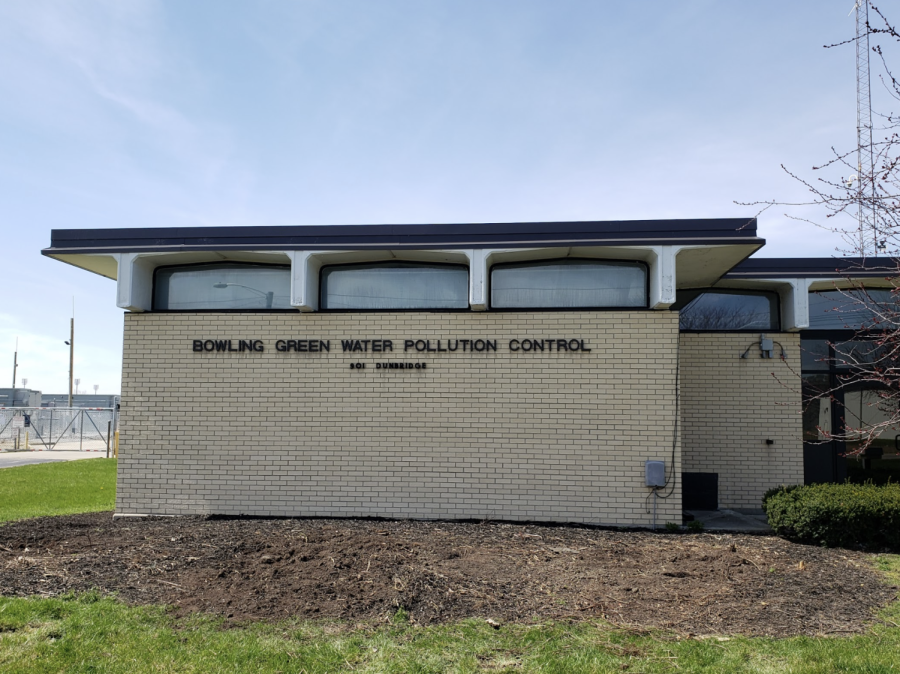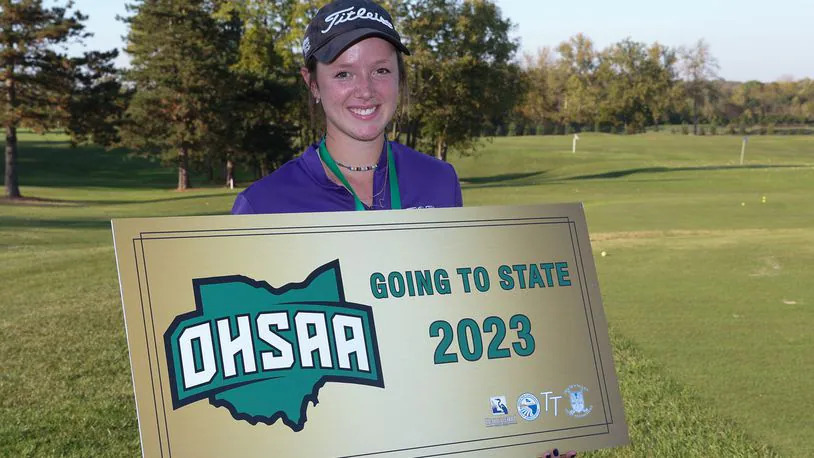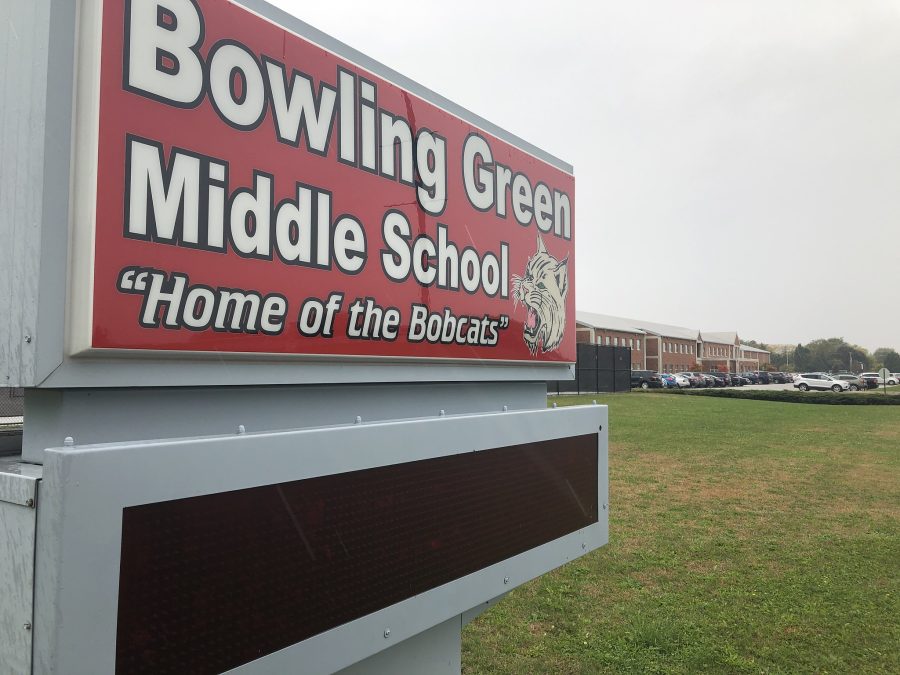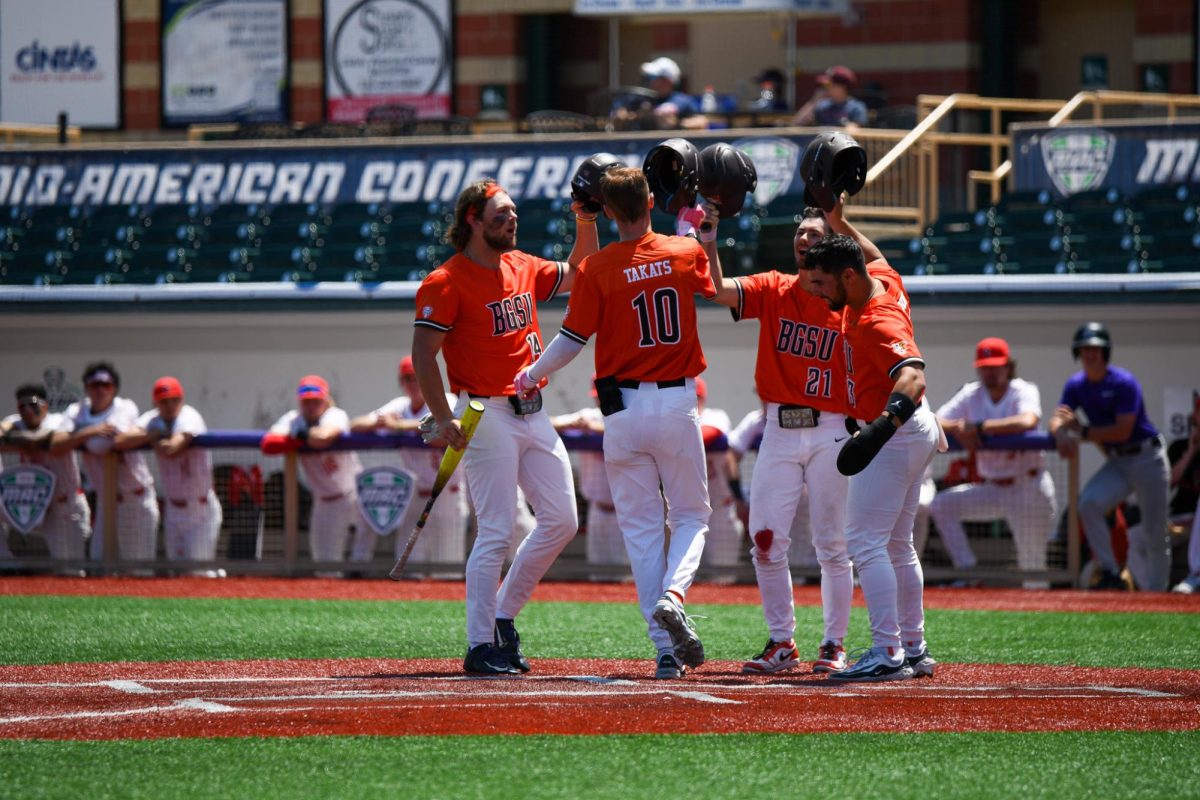Prairie restoration project coming to BG
Stutzman is joined by several departments of the city, including utilities, public works and parks and recreation in the project.
April 11, 2023
In the summer of 2022, Bowling Green conceptualized a project to re-introduce a natural prairie into the area around the Bowling Green Water Treatment Plant and Bowling Green Wastewater Treatment Plant. Now, a year later, the city is getting ready to plant.
Cinda Stutzman, Natural Resource Specialist of BG Parks and Recreation, is one voice at the forefront of this initiative. Stutzman aims to convert the low-use turf into the prairie to decrease mowing requirements, reestablish historic habitats and reduce our carbon footprint in public spaces.
Stutzman is joined by several departments of the city, including utilities, public works and parks and recreation in the project.
The entire process from tilling and chemical treatments to planting and full blossom will take three years. The city will begin treating the soil in the summer, planting in the fall and reaping the benefits of their labor in three years when the prairie becomes fully grown.
The planting sites of the Water Treatment Plant and Wastewater Plant will vary in terms of their cultivation needs. The Wastewater Treatment Plant has over fourteen acres of land that have been mowed for the past twenty years, marking it an extensive area that will need to be treated chemically two or three times this summer to remove any weeds and make room for the new prairie.
However, the Water Treatment Plant will need to be cultivated in a different way: tilling. The city will till the ground more than six times to unroot any remaining weeds so that prairies can be firmly established.
To maintain the prairie as it begins to grow, the city will implement a process of cutting back the weeds by mowing every other year or every third year. Stutzman explains that this functions similarly to the use of fire on plants, as it releases nutrients into the soil to keep more woody plants out.
Stutzman said it is essential to reintroduce prairie to our area in this way, as it provides homes for migrating birds, allows biodiversity to flourish, such as with monarch butterflies and restores BG to its historic nature.
The BG parks such as Wintergarden serve as resting grounds for various animals and are open to the public. Stutzman encourages involvement with the parks, stating that she “loves[s] it when BGSU students find us” and it is an optimal location even for doing homework, as they have wifi.
Wintergarden can be visited at 615 S Wintergarden Rd., and the new prairie habitats will be located on the corner of Poe Rd. and Dunbridge Rd. at the Wastewater Treatment Plant and River Rd. at the Water Treatment Plant.












